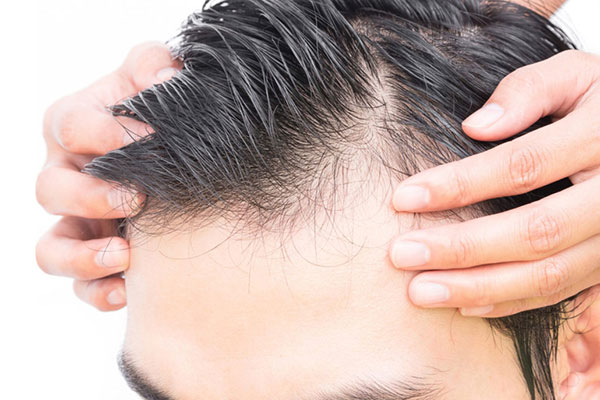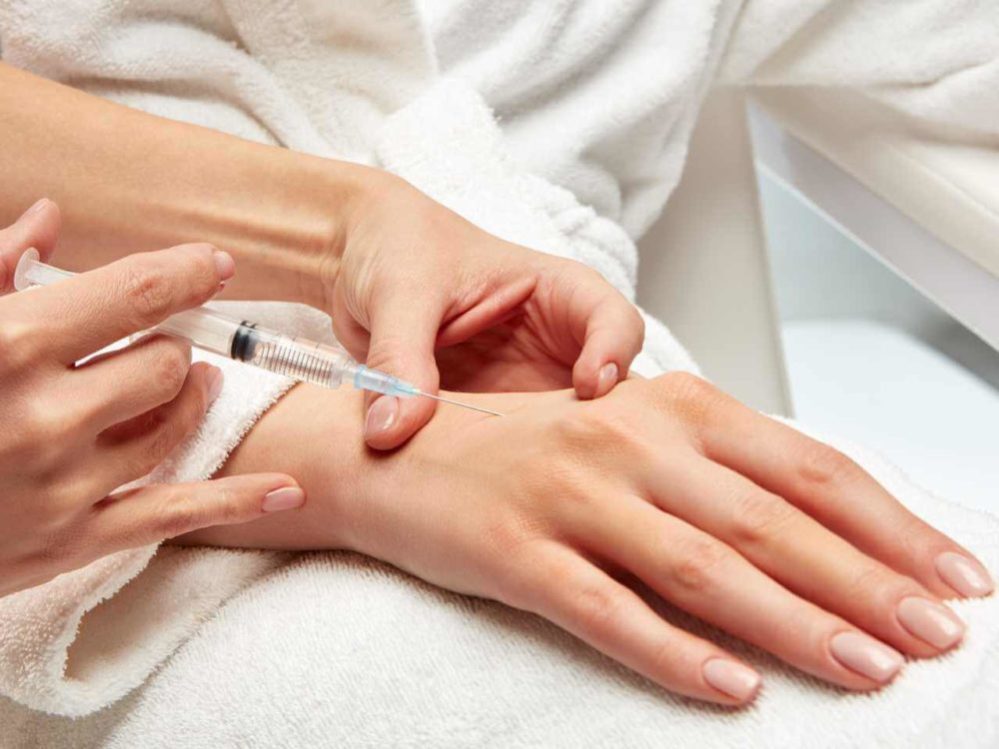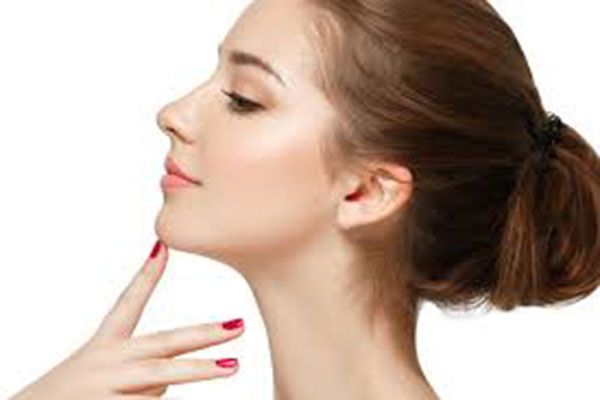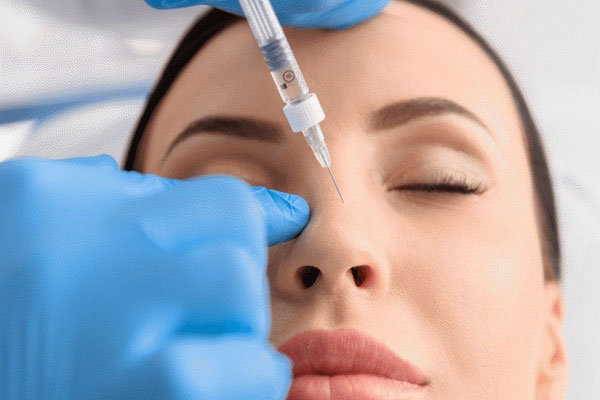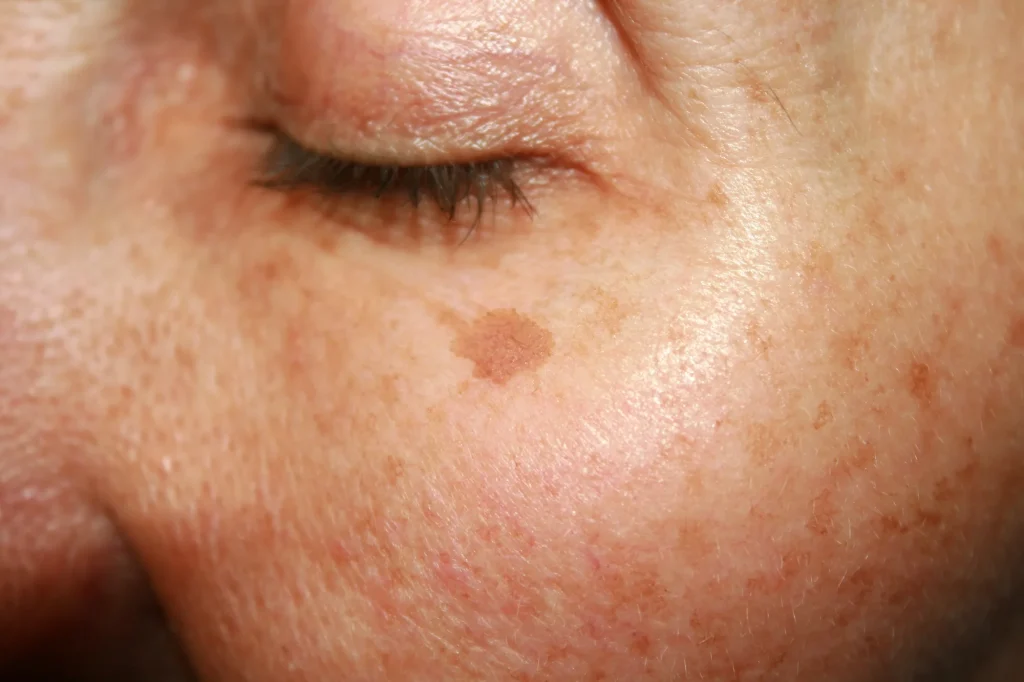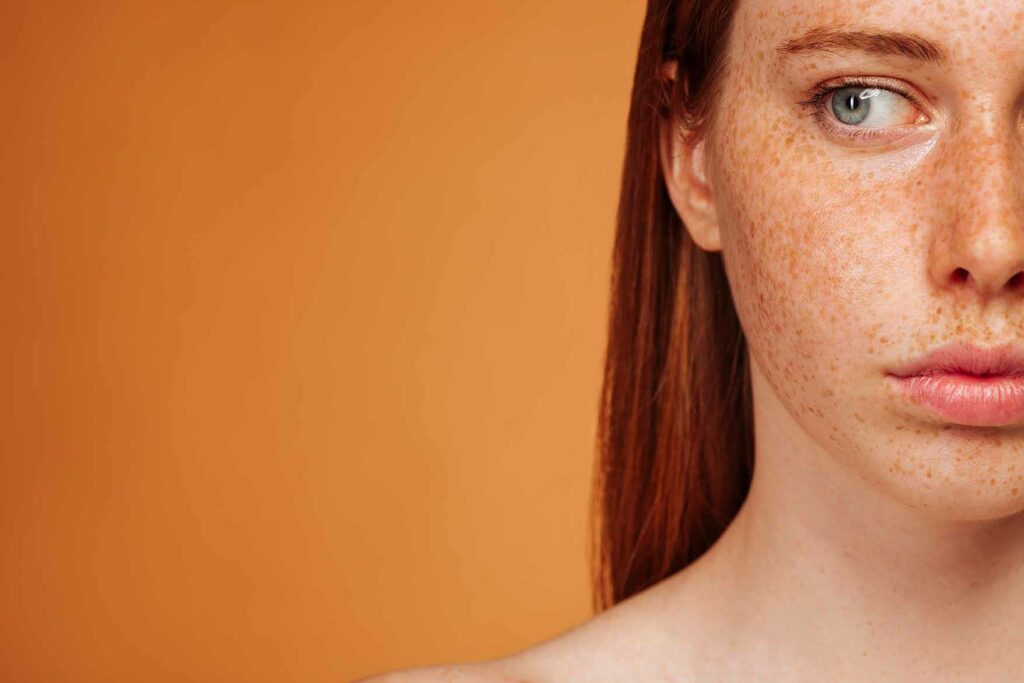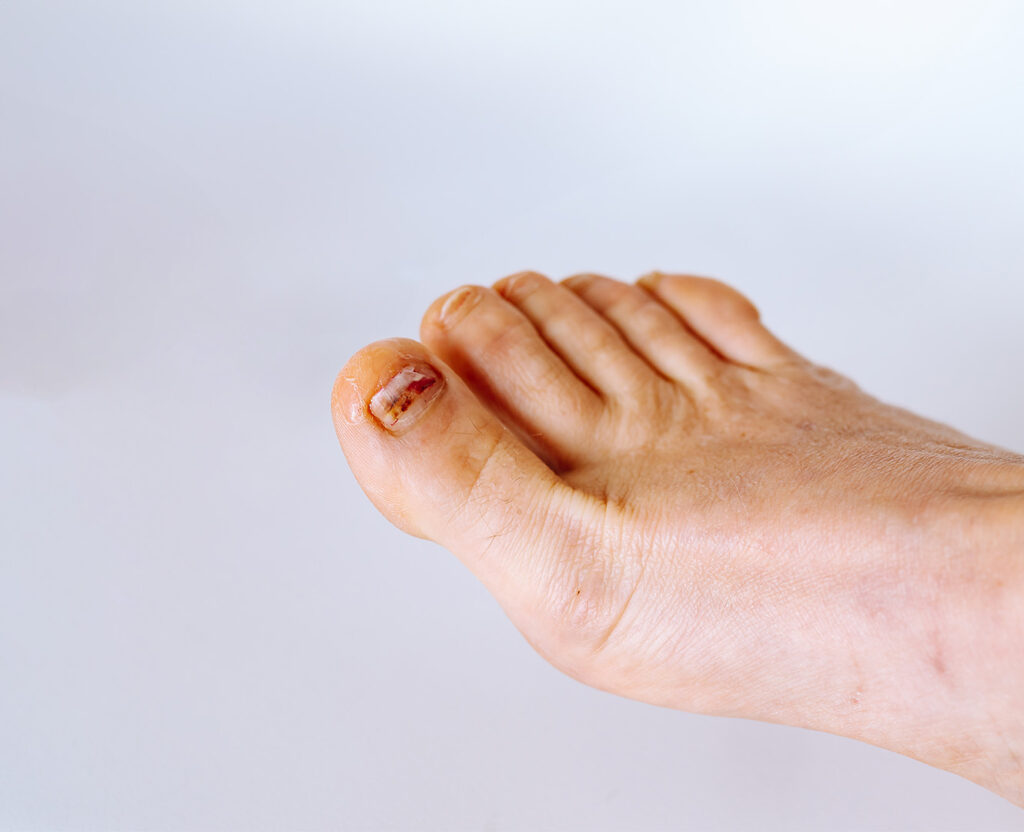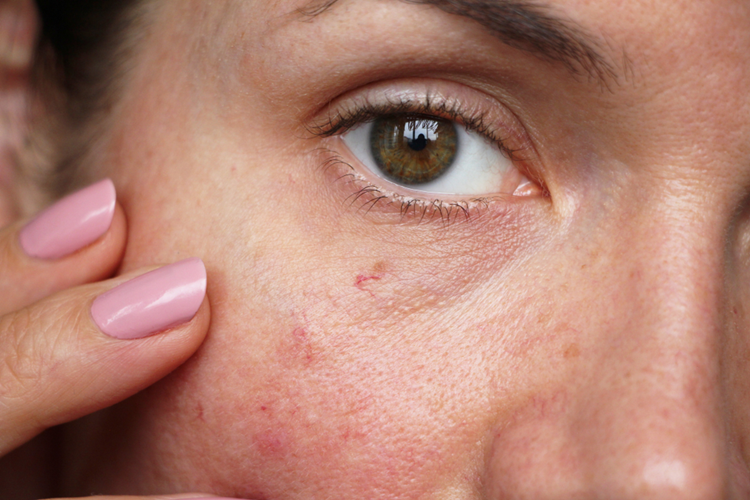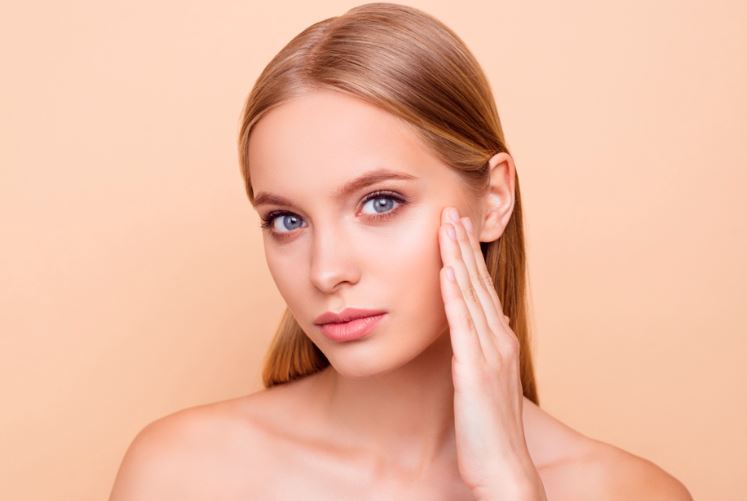
Sunspot Treatment

What Are Sunspots and Why Do They Occur?
Sunspots, medically known as “solar lentigines,” are flat, brown or dark brown patches that typically develop on sun-exposed areas such as the face, hands, shoulders, and décolleté. They result from increased melanin production caused by prolonged ultraviolet (UV) exposure. While they are more common in people with fair skin, sunspots may become more prominent with age and cumulative sun damage.
Are Sunspots Dangerous?
Sunspots are generally harmless and considered a cosmetic concern. However, since they may resemble certain precancerous or malignant skin lesions, any spot that grows, changes in shape or color, or causes concern should be evaluated by a dermatologist.
Treatment Options for Sunspots
Laser Therapy
Laser devices such as Q-Switched Nd:YAG or fractional lasers target the melanin pigment in sunspots, breaking it down into smaller particles that the body naturally eliminates. Visible improvement can be seen in 2–4 sessions, depending on the depth and size of the spots.
IPL (Intense Pulsed Light)
IPL uses broad-spectrum light to treat pigmentation irregularities and even out skin tone. It is ideal for mild to moderate sunspots and is especially effective on larger surface areas.
Chemical Peels
Peels with glycolic acid or trichloroacetic acid (TCA) remove the outer layers of the skin, encouraging regeneration and reduction of pigmented lesions. It is suitable for lighter, superficial sunspots.
Topical Lightening Products
Serums or creams containing vitamin C, kojic acid, or arbutin can help fade spots gradually and serve as a supportive treatment. These may be combined with mesotherapy or PRP for enhanced results.
Who Is a Good Candidate for Sunspot Treatment?
• Individuals with visible sun-induced spots on the face, hands, or chest
• People with uneven skin tone due to sun damage
• Those looking to improve skin brightness and texture
• Patients seeking non-surgical skin rejuvenation ✅
Number of Sessions and Treatment Duration
Depending on the treatment type and the severity of the pigmentation, 2–5 sessions are typically recommended. Sessions are spaced 3–4 weeks apart. Each session lasts around 20–30 minutes. Mild redness, flaking, or scabbing may occur post-procedure, with visible results appearing within a few weeks.
Benefits of Sunspot Treatment
• Effectively reduces visible pigmentation
• Restores even skin tone and brightness
• Non-invasive with minimal downtime
• Prevents seasonal pigment accumulation 📌
Aftercare Instructions
• Apply SPF 50+ sunscreen daily to prevent recurrence
• Avoid exfoliating products and retinoids for a few days post-treatment
• Do not pick at scabs or peeling skin
• Use moisturizers and soothing products as directed by your specialist
Sunspot Treatment Prices
Treatment cost varies based on the area, method, and number of sessions required. Please contact our clinic for a personalized treatment plan and price information.
| Feature | Description |
|---|---|
| Session Duration | 20–30 minutes |
| Number of Sessions | 2–5 (depending on condition) |
| Recovery Time | 1–7 days |
| Treatment Areas | Face, hands, chest, shoulders |
Conclusion
Sunspot treatment offers effective, non-invasive solutions for correcting pigmentation caused by UV exposure. Techniques such as laser therapy, IPL, and chemical peels restore the skin’s clarity and youthfulness. With expert care and the right post-treatment maintenance, lasting and satisfying results can be achieved.
Frequently Asked Questions
Can sunspots be completely removed?
Most spots significantly fade or disappear with treatment. Long-term results depend on sun protection.
Will they come back after treatment?
Yes, if the skin is exposed to the sun without protection, new spots may form. Consistent use of sunscreen is essential.
Can laser leave scars?
When performed with the appropriate technology and by trained professionals, the risk of scarring is minimal.
Is it safe to treat sunspots during summer?
Fall and winter are preferred for treatment. If done in summer, strict sun protection is required.

